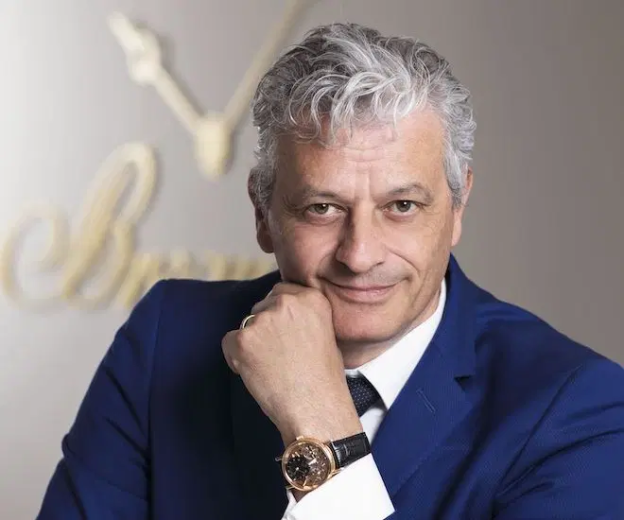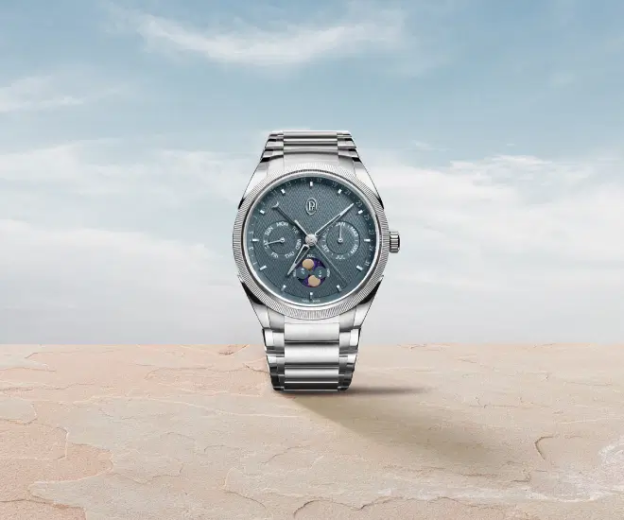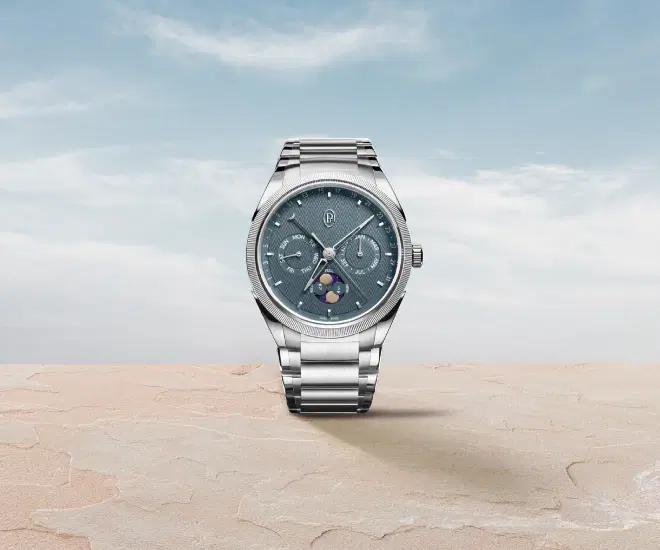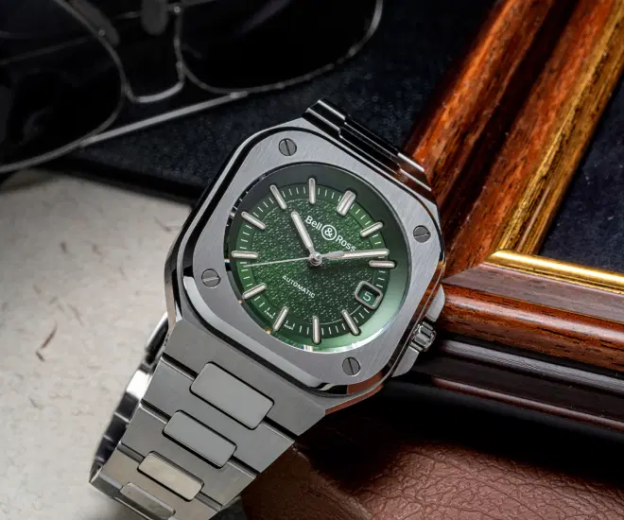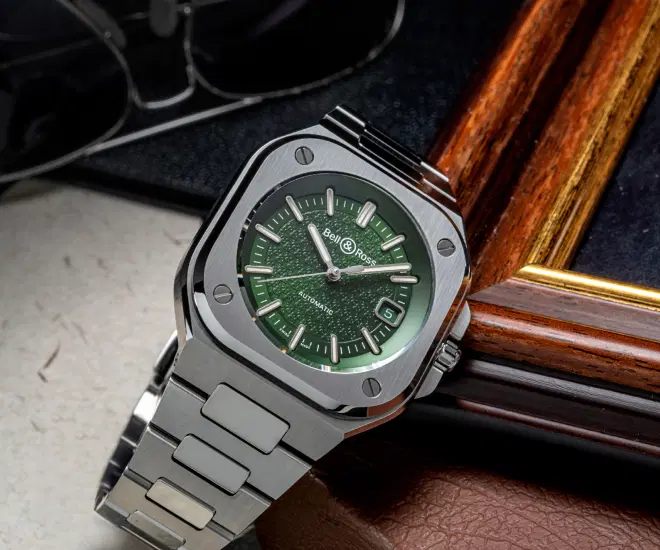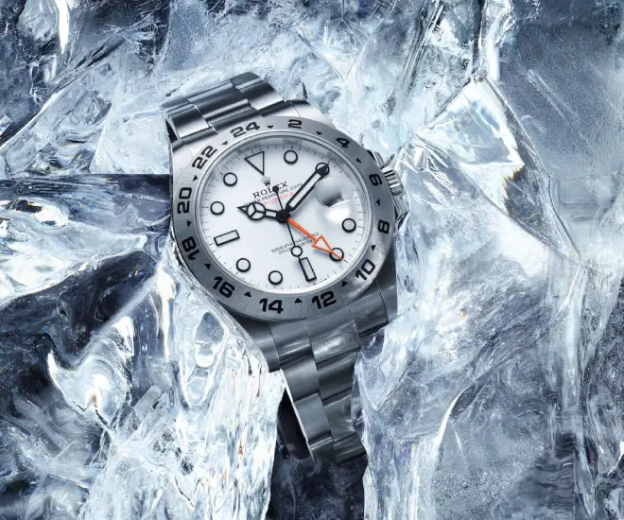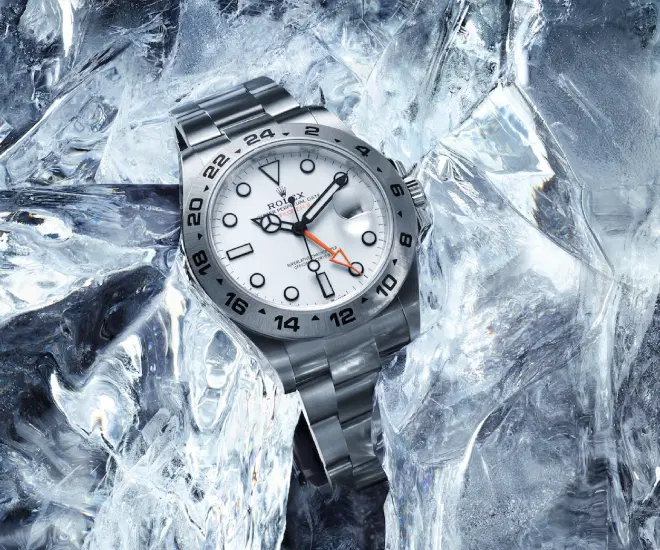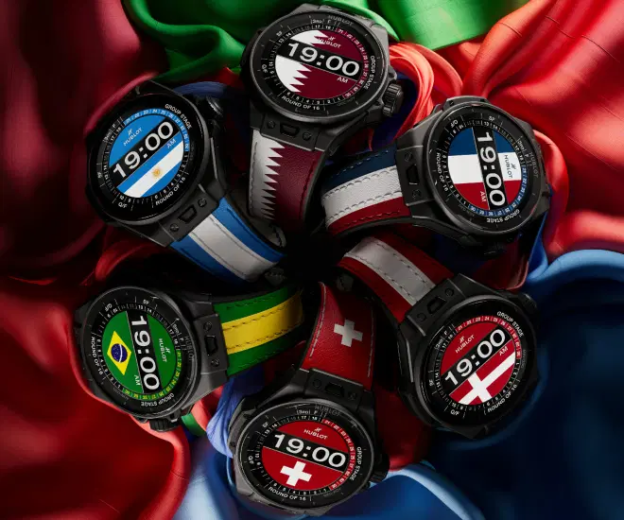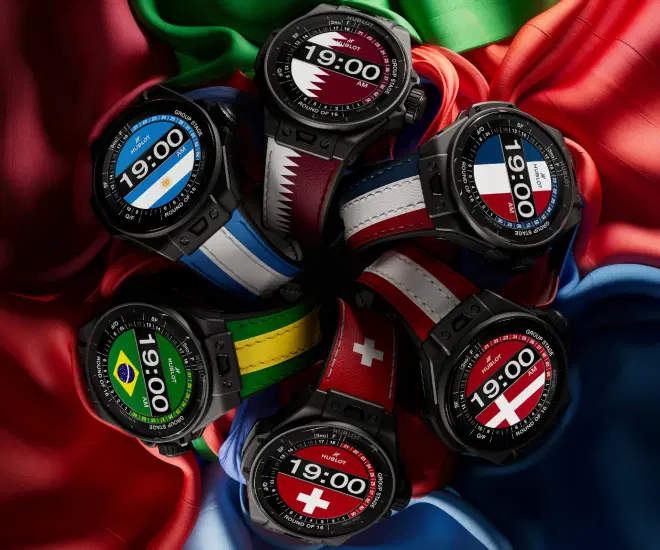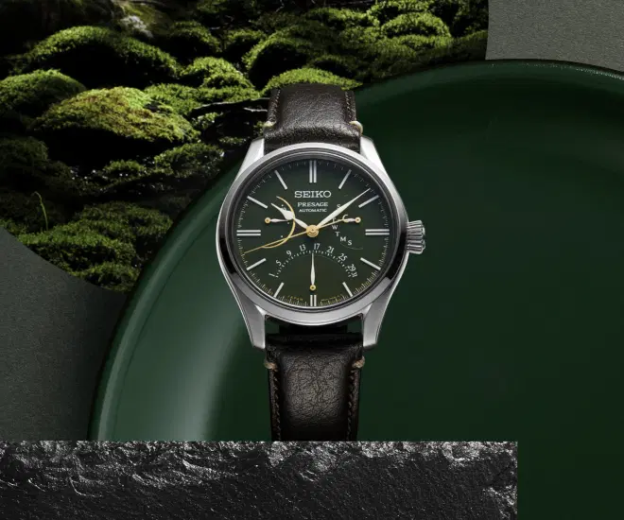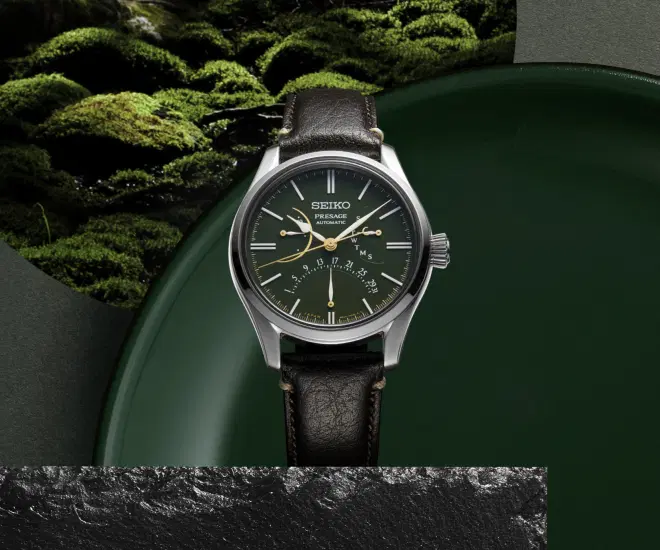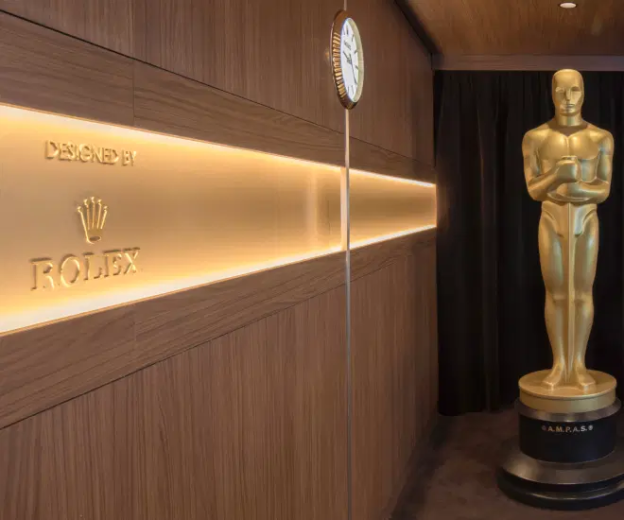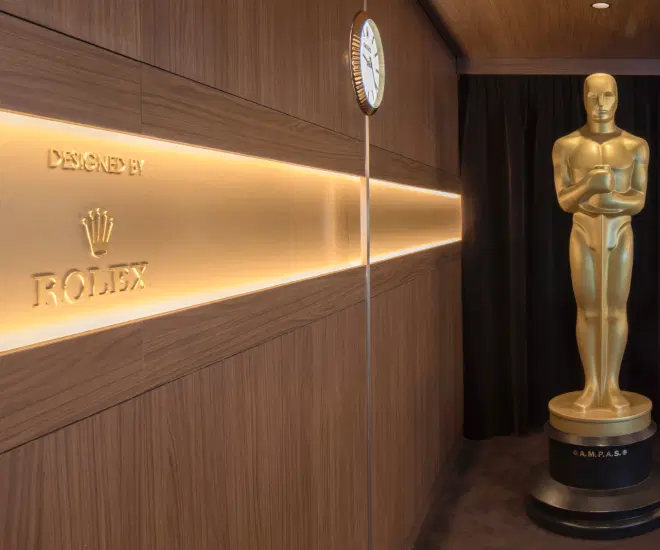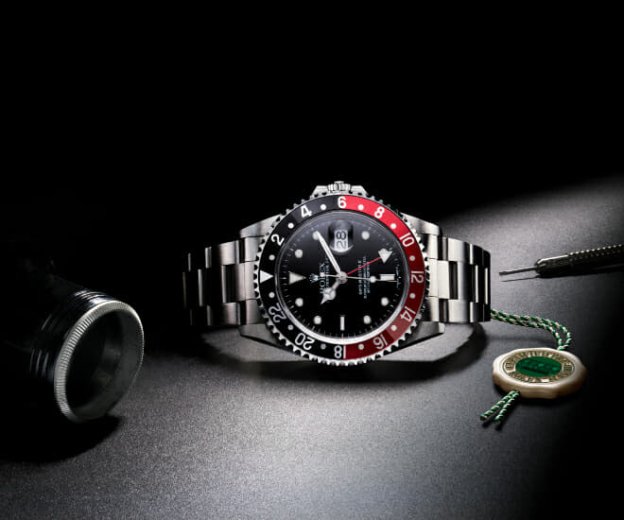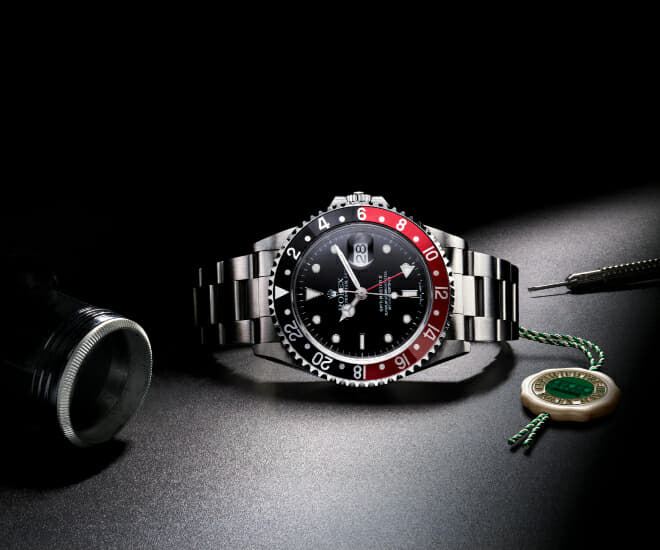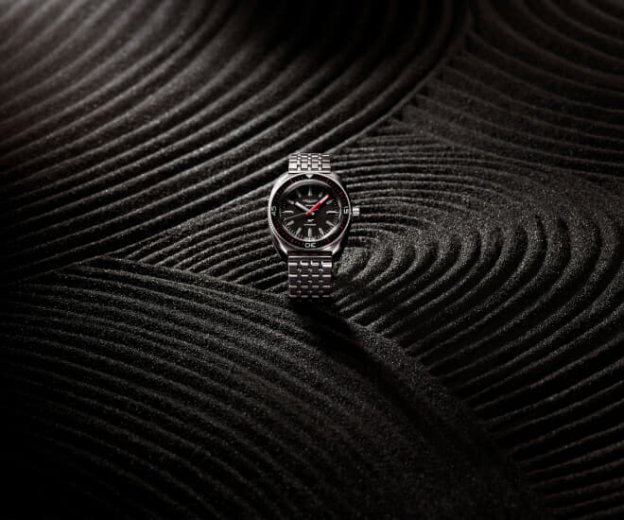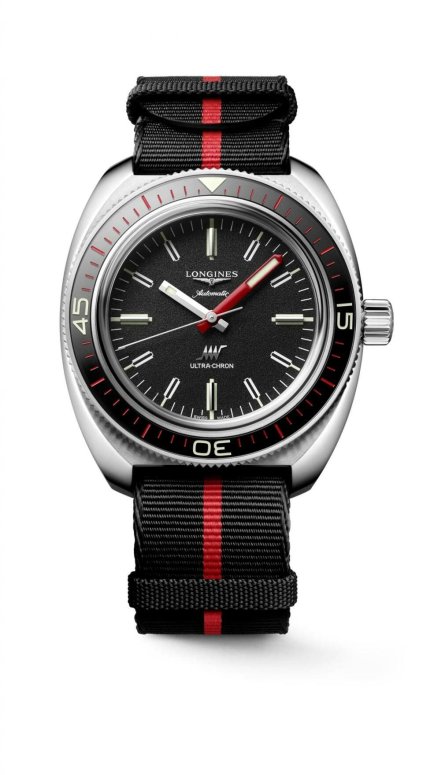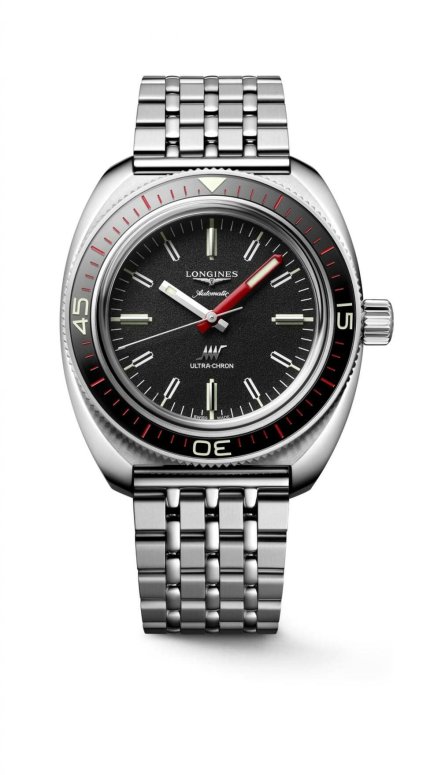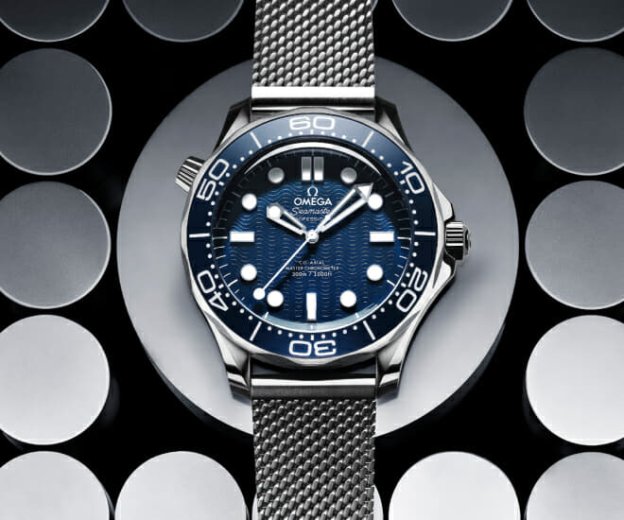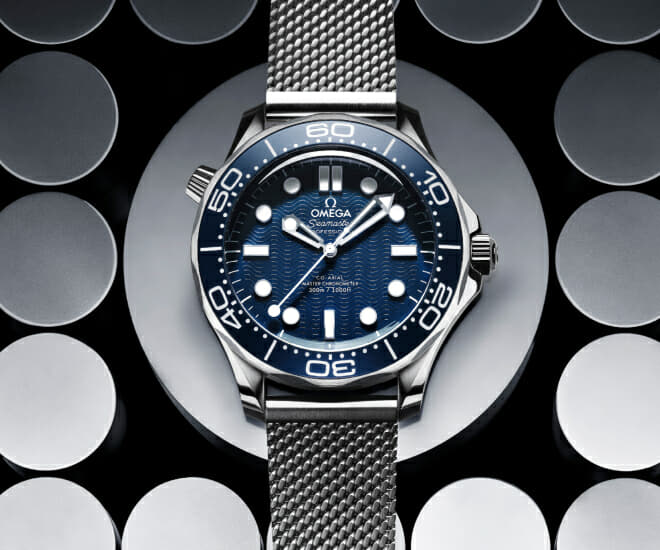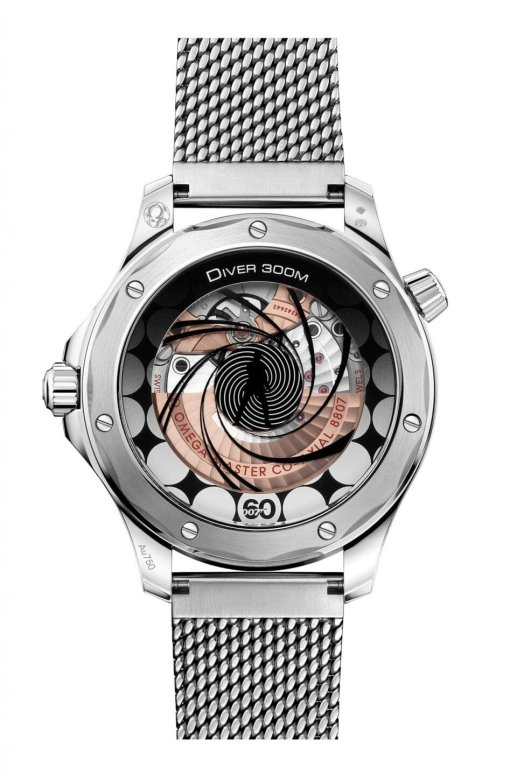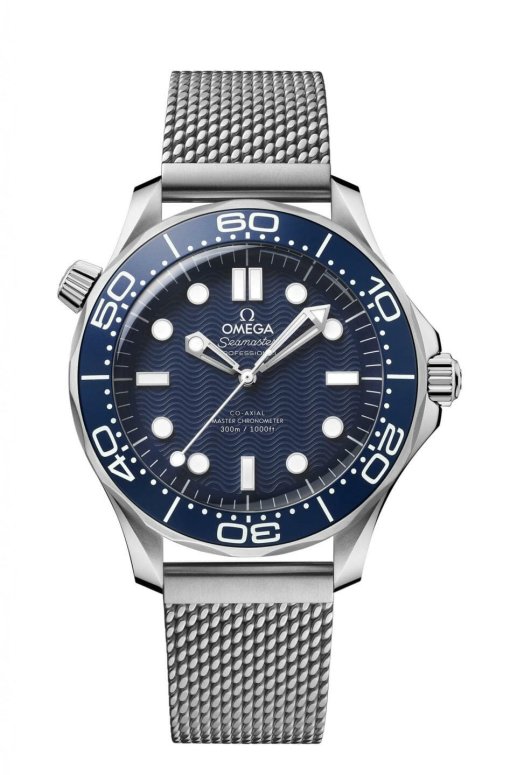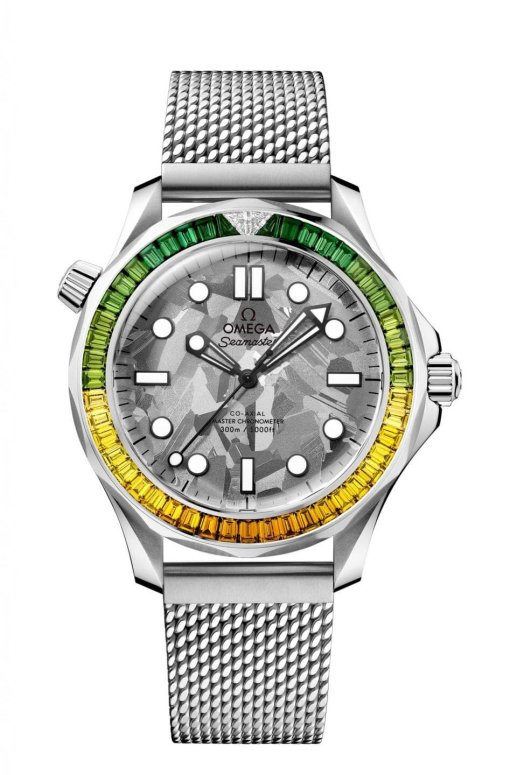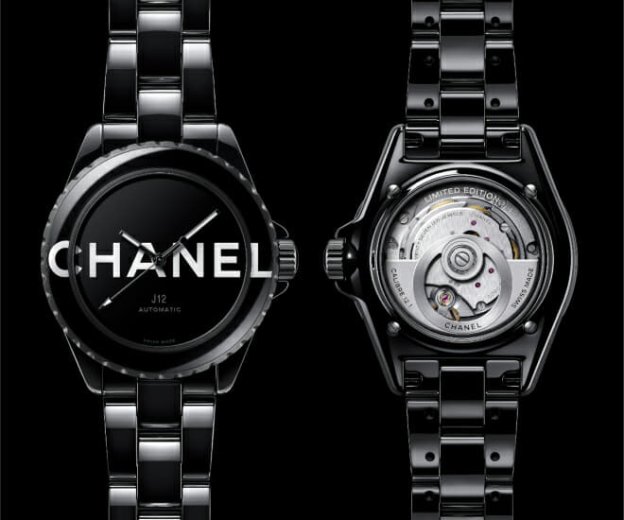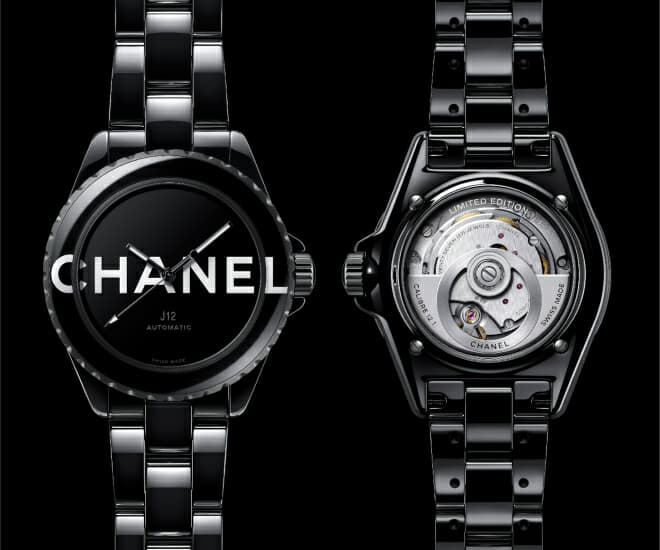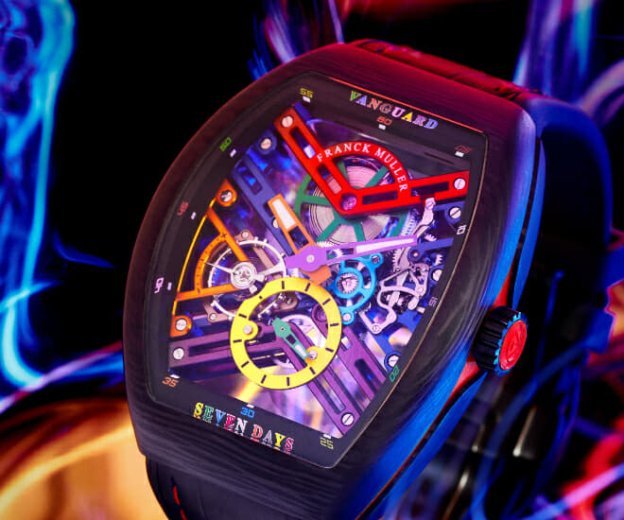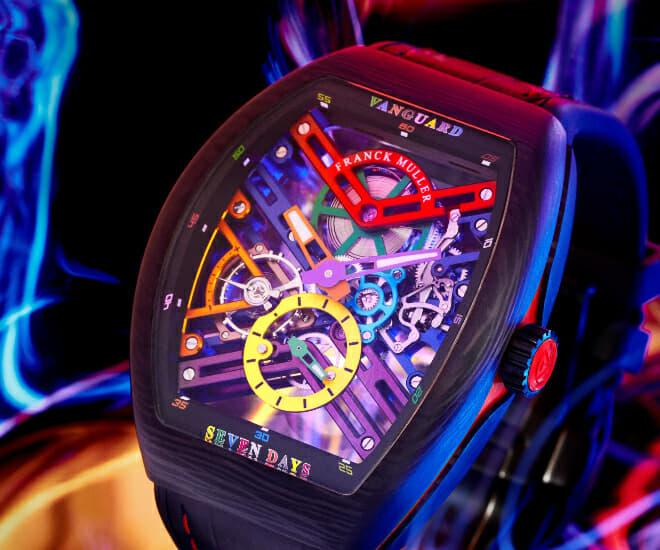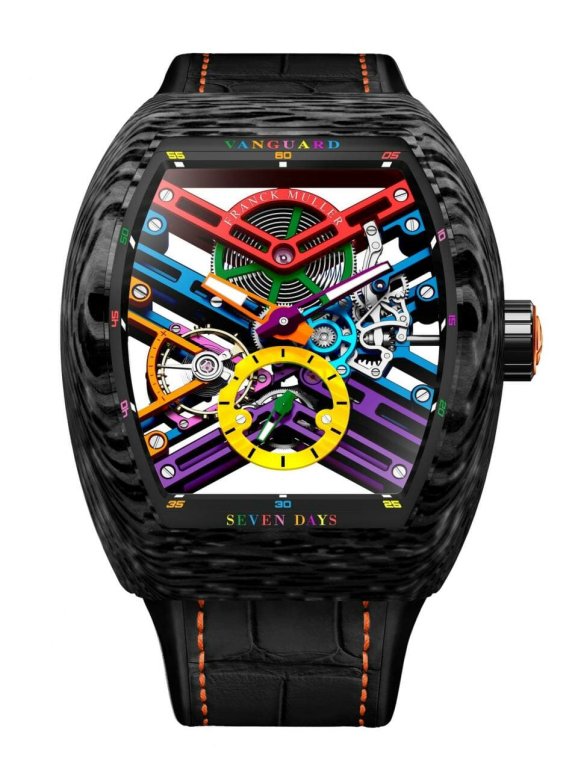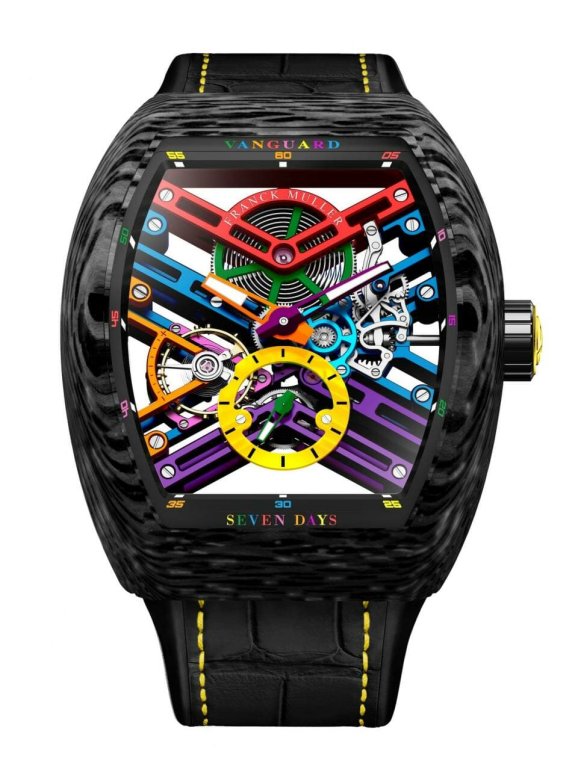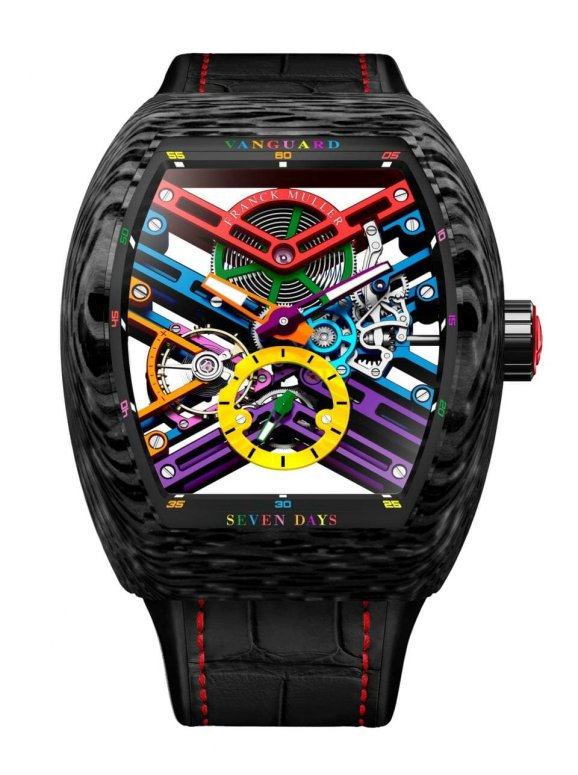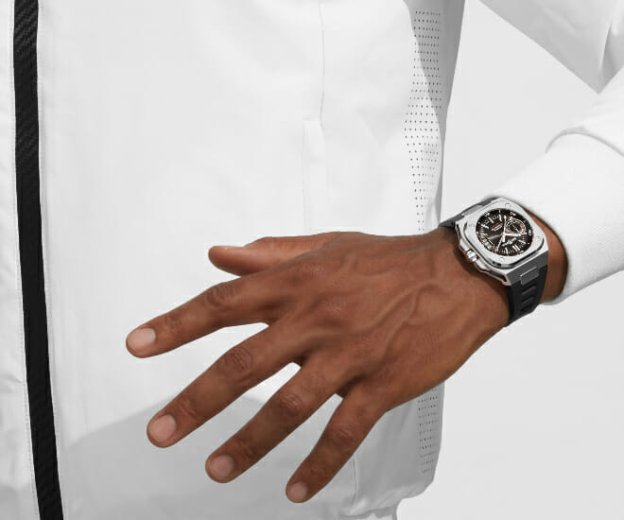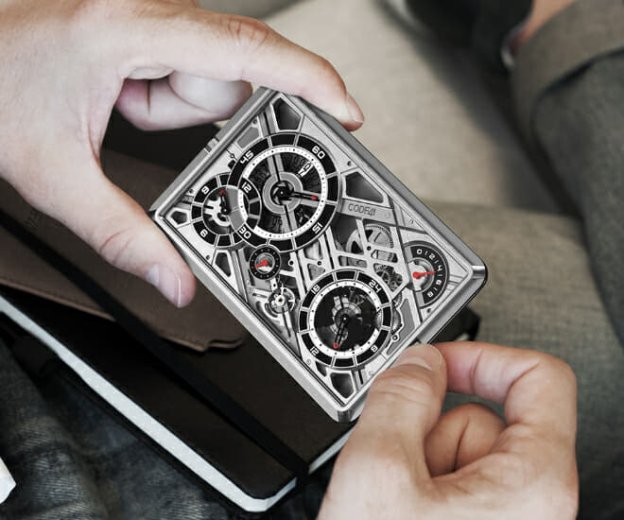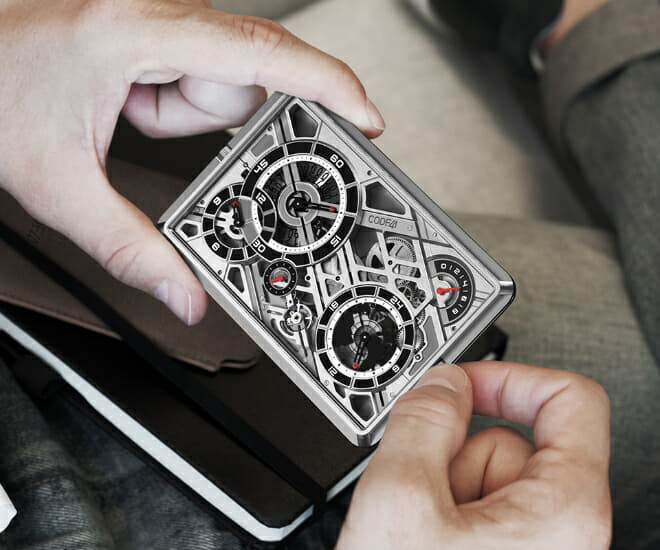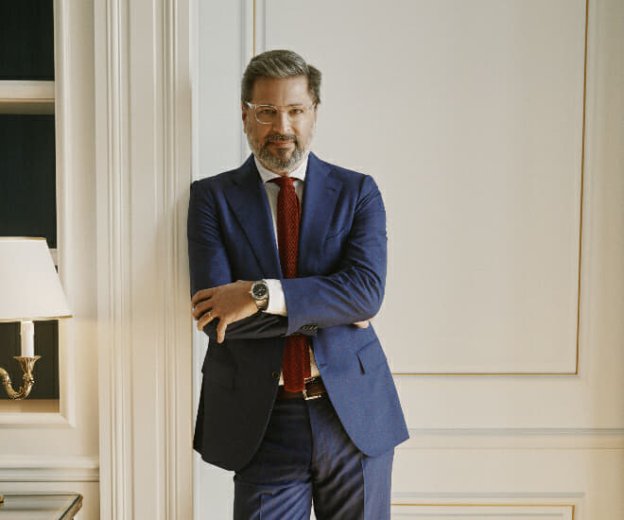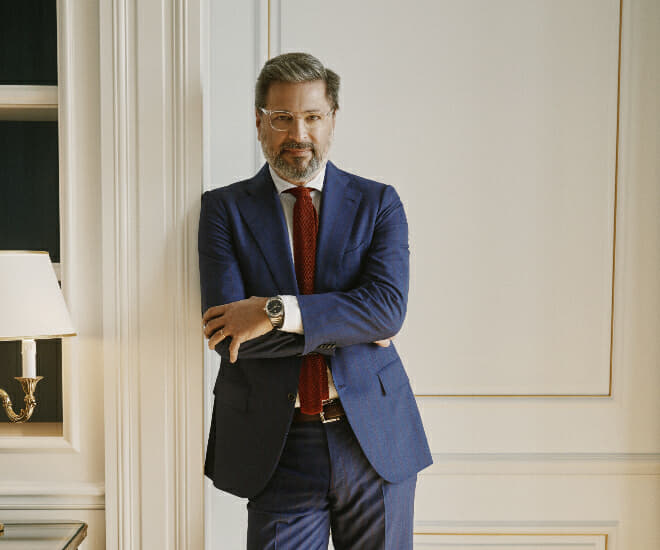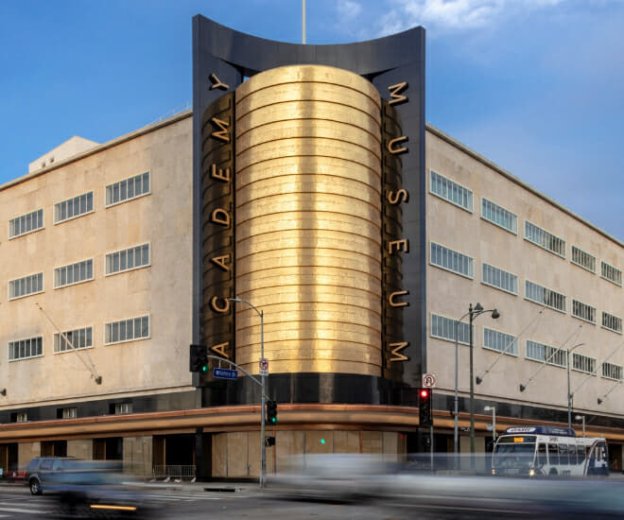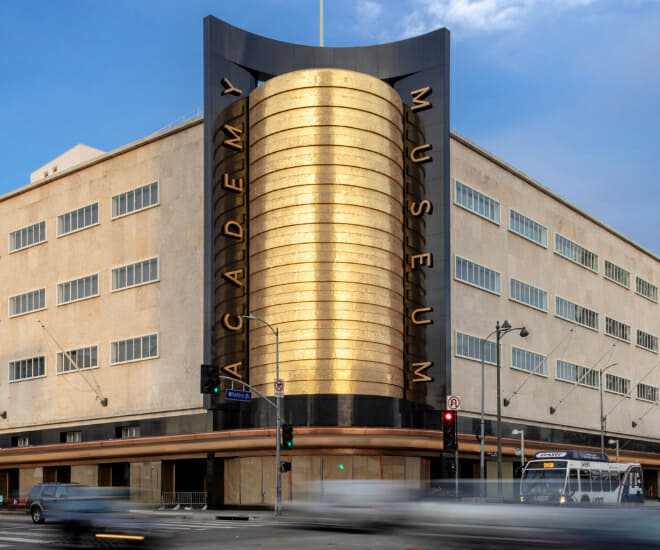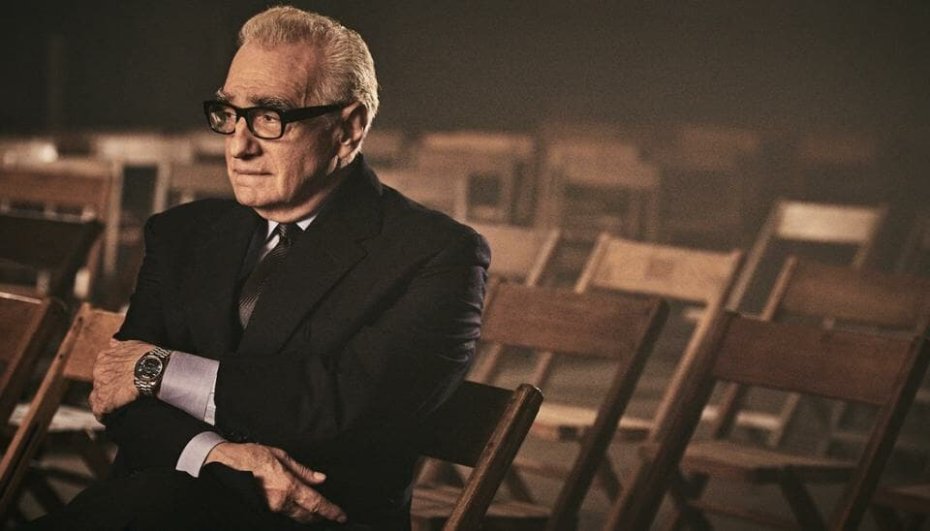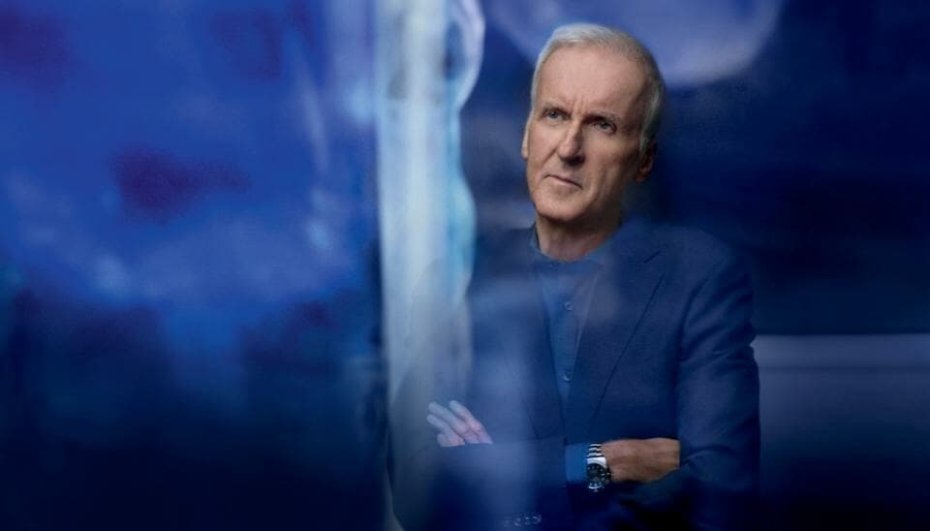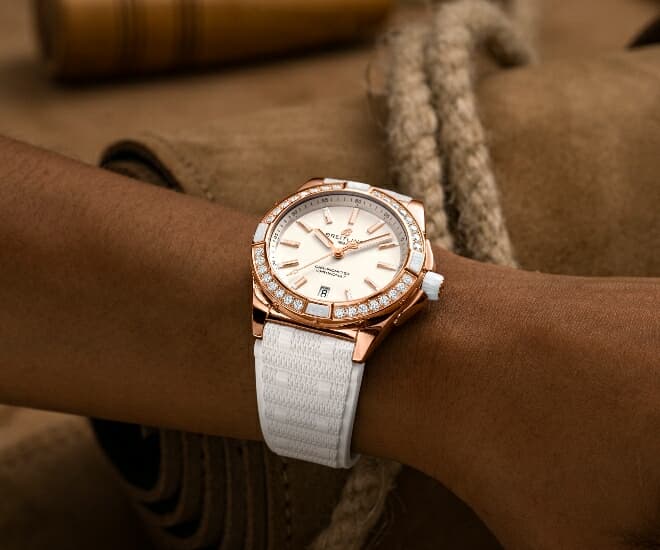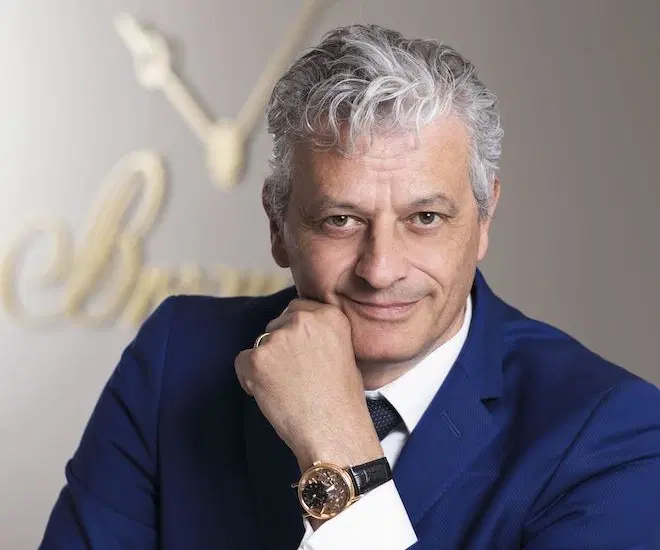
You have been part of the Swatch Group for more than 20 years, mainly at Blancpain. How did you become CEO of Breguet?
It happened very naturally. Indeed, after internal reflection between the Hayek family and the various members of the management, it seemed judicious to me to offer myself for the position of CEO at Breguet. Indeed, through my years within the Swatch Group, I had the chance to approach various key sectors such as development, production, operations, and even marketing, which allowed me to have a vision of the overall needs of a brand. I am very honoured by the trust placed in me by the Hayek family. Taking the reins of a brand with such a heritage is a source of pride.
What was your impression of Breguet before and after joining the brand?
I was impressed by the technology put in place within the manufacture as well as by all the knowledge present. These elements were very important to Nicolas G. Hayek, who made it a point of honour to reinforce this know-how when Breguet was bought in 1999 by the Swatch Group. This initiative was also continued by Marc A. Hayek when he took over as director. That was also very important for him. In addition, I was touched by the passion that emanates from all the teams. I have no doubt that with such assets; we will bring the brand brilliantly to its 250th anniversary.
What was your first agenda when you took over?

It was essential for me to understand the strengths and weaknesses of each department. For this reason, I spent time in each workshop. This allowed me to readjust certain processes and find the most suitable solutions in order to gain in efficiency.
What are the biggest challenges facing Breguet today?
In my opinion, the biggest challenge is general to all of watchmaking: to continue to surprise. Indeed, the competition is great, and the innovations multiply, so you have to be both avant-garde while aiming for excellence. The processes of creating new complications and technologies can take years. We must also keep in mind that Breguet is not a fashion brand that multiplies releases. It is therefore essential for us to maintain the level of rigour and perfection that have given the brand its reputation. For these reasons, we only release our new products when they are up to par with our Haute Horlogerie manufacture.
Breguet has an incredible history, with founder Abraham Louis Breguet responsible for a number of horological innovations. However, what do you think have been the brand’s most beautiful creations in recent years?

Undoubtedly the iconic and recognisable Queen of Naples. It represents refinement and elegance. In addition, a work of know-how of great meticulousness can be admired on each piece. I’m also thinking of the Tradition line that I wear and particularly like. This collection allows you to admire its symmetrical and architectural movement on the dial side and on the caseback side. This one is inspired by the tact and subscription watches created by our founder Abraham-Louis Breguet. Finally, I also particularly appreciate the Tourbillon Extra Plat Anniversary that we launched last year. It incorporates the codes of the brand and elegantly refers to the creation of the tourbillon by Abraham-Louis Breguet.
While Breguet is a 246-year-old brand, it was founded by an innovator and pioneer who always sought to reinvent the workings of watchmaking. Do you consider the balance between innovation and tradition to be an important aspect of managing a brand such as Breguet?
Of course! For me, Breguet must constantly aim for excellence in all aspects of a watch, whether in terms of its complications, its materials and its design.
What’s a highlight for Breguet in 2022?
The Marine Hora Mundi. It combines technical prowess with aesthetics. It is an instant memory GMT whose display is done on a two-dimensional world map. Its dial is compensated with different plates to provide this dimensional effect. One of them, the sapphire one, is 0.4 mm. It is made up of meridians that have been metallised. This was an operation that required many tests before we were able to guarantee an irreproachable quality.
What do you think of the trend of sports watches today? Will we see Breguet bring out a Type XX project?

Like fashion, watchmaking is cyclical. It is good that certain trends stand out at certain times; however I think that everyone should be able to find the style of watch that defines them the most. A timepiece is now also an essential accessory to differentiate yourself and display your style. At Breguet, the Marine line is our collection that displays a sporty look. It is very well received on the markets and our titanium model is a great success. To answer your question about the Type XX, I would say that one of my tasks is to think about the existing collections and their evolution. Of course, the Type XX is one of these lines of thought…Something to follow!
While the watch industry has proven resilient despite the pandemic, we are now in a precarious situation with rising inflation, an impending decline and disrupted supply lines — what is Breguet’s position on this?
I’m not going to lie to you: like the entire watch industry, we are feeling the effects of the pandemic and are looking for the best solutions to be able to continue to offer our models in stores. We do our best to respond as closely as possible to requests. However, we still see so much enthusiasm for our watches, which is a very encouraging sign.
Breguet announced a partnership with Frieze. Why this partnership? What is your goal?

The brand is fortunate to benefit from a rich history that links it to different worlds, and art is one of them. Indeed, Abraham- Louis Breguet inspired many artists, whether writers or painters. Moreover, the windows of the workshops of its founder, located at Quai de l’Horloge, overlooked the Louvre. He was very close to the establishment and its director at the time, Dominique Vivant Denon, and participated in various artistic events together. It is therefore quite natural that the brand continued its history in art. For example, at the instigation of Nicolas G. Hayek, the renovation of the Louis XIV to Louis XVI rooms present in the Louvres was supported by Breguet. Today, the brand is a partner of several institutions active in art (Carnegie Hall in New York, Teatro Real in Madrid) and now of the international art fair Frieze, which takes place in Seoul but also in New York, Los Angeles and London. As part of this partnership, we wanted to honour an artist’s work by giving it carte blanche: that of exhibiting through an ephemeral work of art, its vision of Breguet. At each event, a new work is produced. Our choice for this year fell on the artist Pablo Bronstein who is passionate about the 18th century.
- READ MORE: Breguet Collaborates with Frieze
(This is a) wonderful coincidence when you know that our brand was founded in 1775! During his visit to our museum in Paris, he was fascinated by the Breguet brand as well as by the avant-garde creations of Abraham-Louis Breguet. On the occasion of the New York and Seoul fairs, we met with a very nice response when visitors discovered our stand decorated with the artist’s work! If this type of event allows us to find our customers, it also offers us the possibility of making ourselves known to a new clientele, sensitive to luxury and art. Even if art is admired through the works of artists, it is also admired through works of art that are worn on the wrist, which are our watches. During Frieze New York, we had a guillocheur who showed and tested the guillochage to visitors, we were very impressed to discover the young generations so curious about this art and with a real desire to understand the secrets of designing a watch. And that is a great victory.
For more reads on Leaders, click here.
